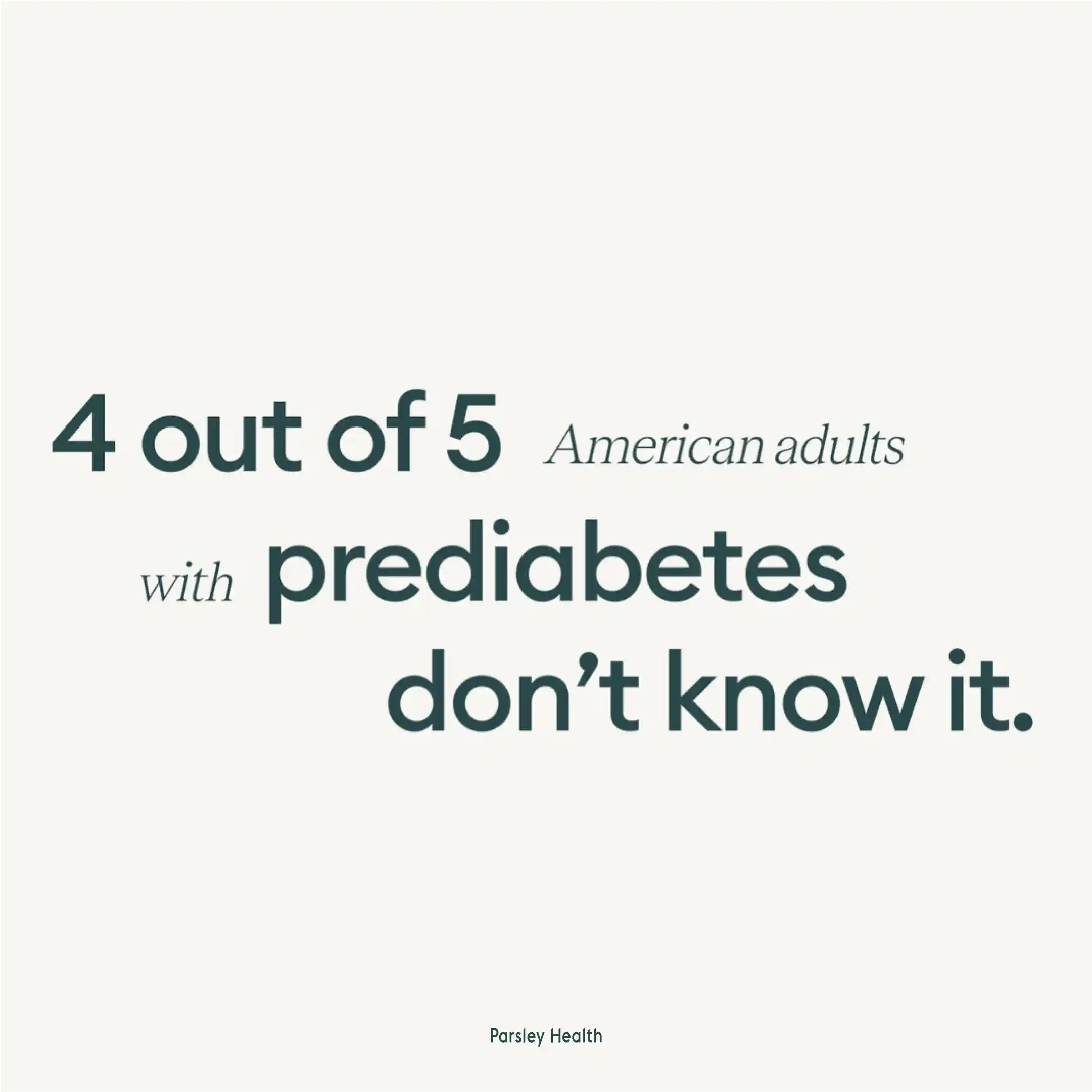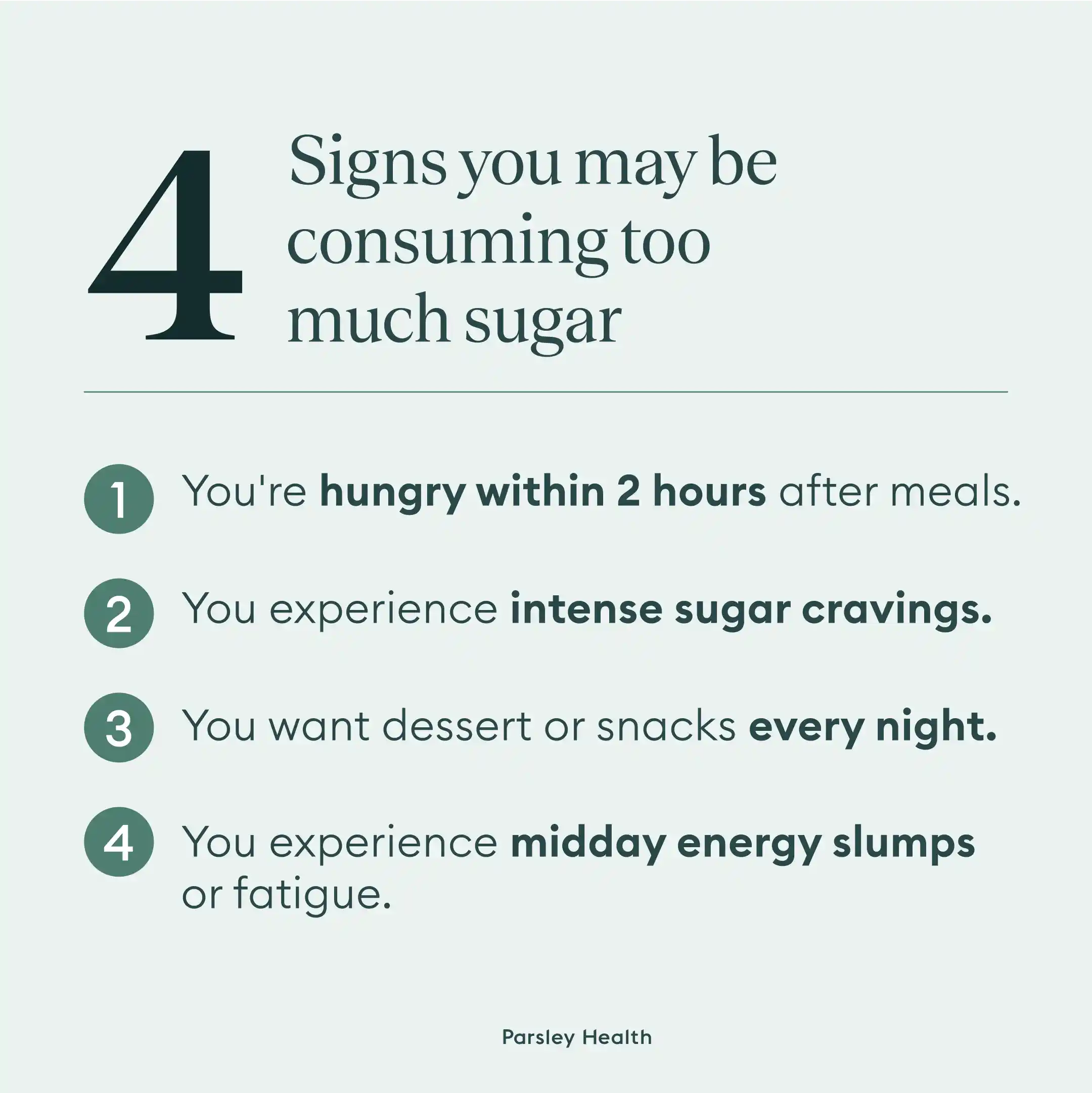This article has been medically reviewed by Nisha Chellam, MD. It contains additional reporting by Jennifer Chesak.
Are you feeling sluggish, bloated, and anxious? Sugar could be the culprit. Here’s a guide on how to detox from sugar, feel better, and crush cravings.
Raise your hand if you crave sugary cereal or pastries for breakfast, a sweet snack as an afternoon pick me up, and dessert after dinner. These seemingly small splurges can add up to a lot of sugar intake.
Plus, the more sugar you consume, the more you'll likely crave additional sweets. That's because sugar places you on a roller-coaster ride of blood sugar spikes and crashes.
Frequent spikes lead to high blood sugar over time, according to research from Stanford Medicine. High blood sugar is a root cause of many serious health conditions, from type 2 diabetes to cardiovascular disease. But well before such conditions fully develop, sugar can make you feel not so great.

Limiting your sugar intake is not simply a matter of willpower. Cravings are part of your brain’s biological attempt to get a quick fix. Sugar activates your brain’s pleasure-seeking pathways, in ways similar to other addictive substances.
To nix cravings, Parsley Health recommends doing a sugar detox. This involves eliminating refined sugar and simple carbs. You'll swap sugar for a more balanced macronutrient intake inclusive of whole foods. In doing so, you'll reverse some of the negative side effects of eating too much sugar.
How much sugar is too much?
The average person in the United States consumes 34 teaspoons of added sugar per day, according to the United States Department of Agriculture (USDA), which releases the Dietary Guidelines for Americans.
The guidelines recommend getting no more than about 10 percent of your calories from sugar. For a 2,000-calorie diet, this would equal about 12 teaspoons per day. But even that amount is controversial. Metabolic health researchers say it's still too high and that the number should be lowered.

We eat dramatically more sugar than our ancestors did. For example, according to the USDA, one 12-ounce can of traditional soda, which can be consumed rather quickly, contains the amount of sugar people used to eat over five days 200 years ago.
Sugar in small amounts, such as having dessert on the rare occasion, is not generally harmful, according to the American Heart Association. However, the body doesn't need added sugars to function, and too much sugar consumption is a contributor to serious health conditions, energy slumps, and more.








